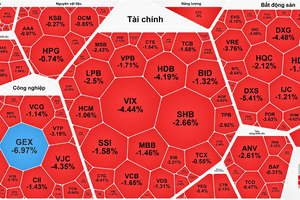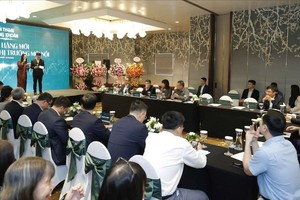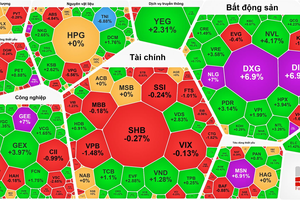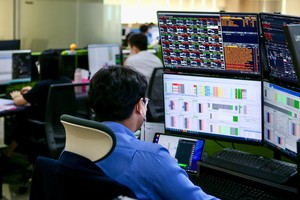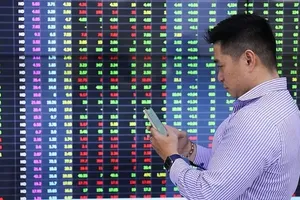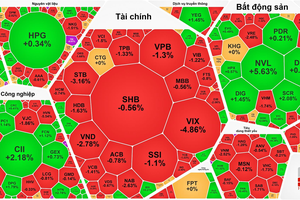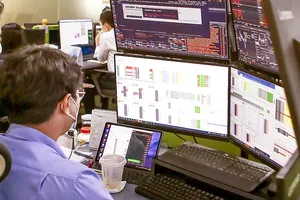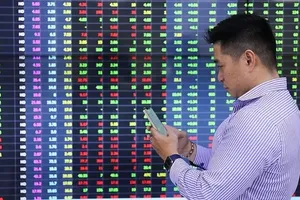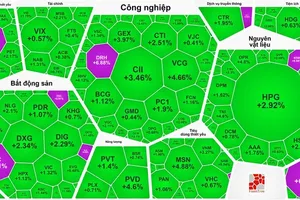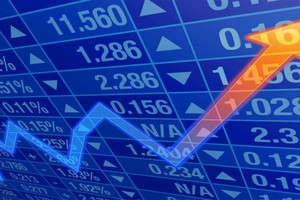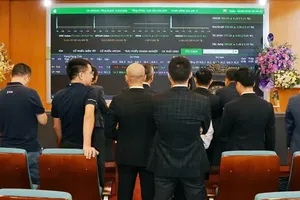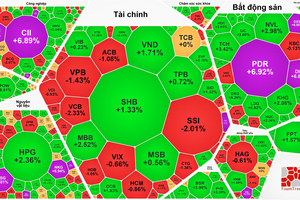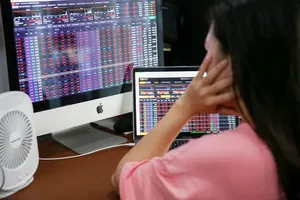There’s no question that much of the manufacturing technology used in Vietnam is well past its use-by date and that this obsolescence can be blamed for the massive pollution and waste of resources.
The Ministry of Science and Technology reckons 80 to 90 per cent of the imported machinery still in use dates back to the 1960s and 1970s and notes that Vietnamese manufacturers only spend 0.3 percent of their revenue on technological innovation.
In heavily industrialized Dong Nai province, the ministry rates the technology for engineering, chemicals, food processing, electronics, informatics, textiles, garments, and building materials as “fair to average”.
It’s pretty much the same in Gia Lai in the Central Highlands, just to give another example.
Alarmingly, Ho Chi Minh City is hardly any better despite being the country’s biggest commercial center and economic locomotive.
Mr. Nguyen Van Lai, director of the HCMC Department of Industry, says only 13 per cent of the city’s 40,000 enterprises in the small-to-medium category use the sort of technology found in other parts of Southeast Asia.
The consequence is widespread damage to the environment and chronic illness for the inhabitants of these polluted zones.
Recently, Le Minh Xuan Industrial Park poisoned the air with excessive quantities of the known carcinogenic 3MCPD, a chemical used in soy sauce production. The blame was laid at the feet of poor technology, which is cold comfort to the people suffering the after effects.
Technological innovation is proceeding barely at all. Witness the heavy industrial consumption of electricity, says Mr. Pham Huu Giuc, who heads the ministry’s Department for Science and Technology in All Economic Sectors.
Still, a few places have taken action to cut down on their power use.
At the Victory Hotel near the center of Ho Chi Minh City, the Daikin air conditioning is fitted with an inverter to regulate its thermal power flow.
Without the device, the hotel’s air conditioning would consume 84 kilowatts in 115 hours; with it, the figure is only 32 kilowatts – a massive saving for little outlay.
In stark contrast, Thien Tri Paper Mill in Hoc Mon District burns through 830 tons of coal and nearly a million kilowatts of electricity a year.
The mill could cut these numbers drastically by using the right technology, and it would diminish its annual contribution of carbon dioxide in the atmosphere by 240 tons.
It’s easy to see that an enlightened approach to modern technology would go a long way toward cleaning up the environment, cutting down on business costs, and improving Vietnam’s competitiveness.
